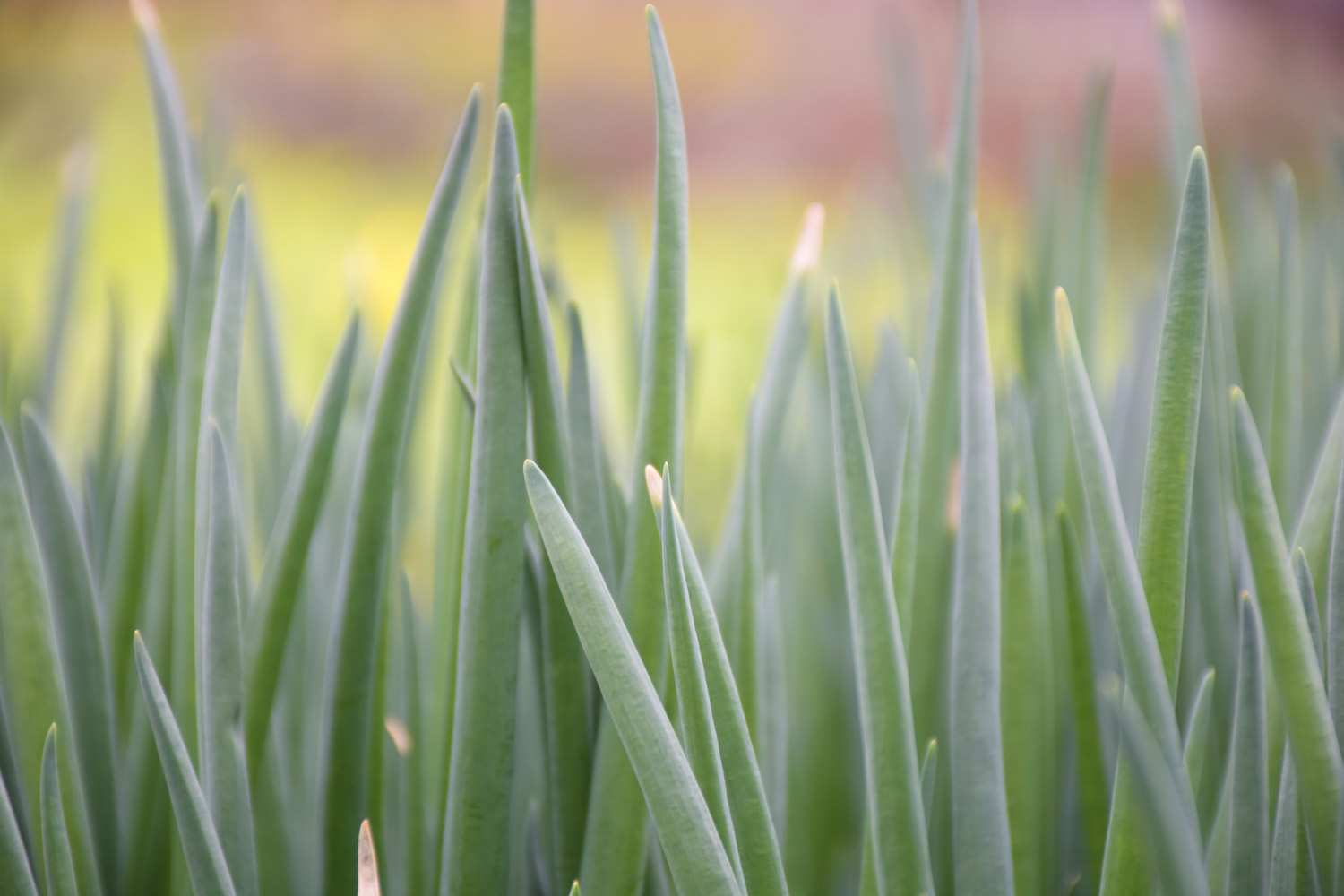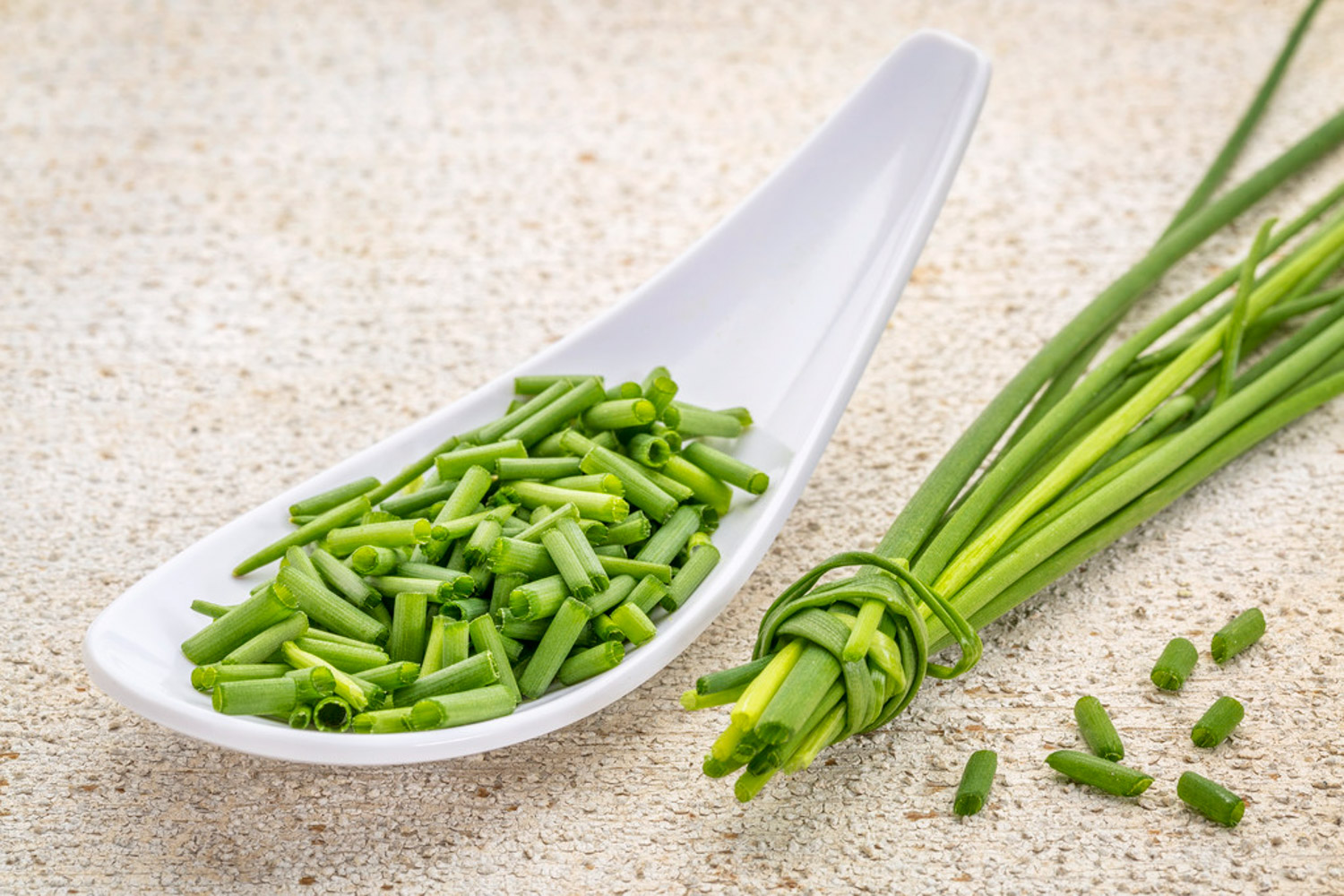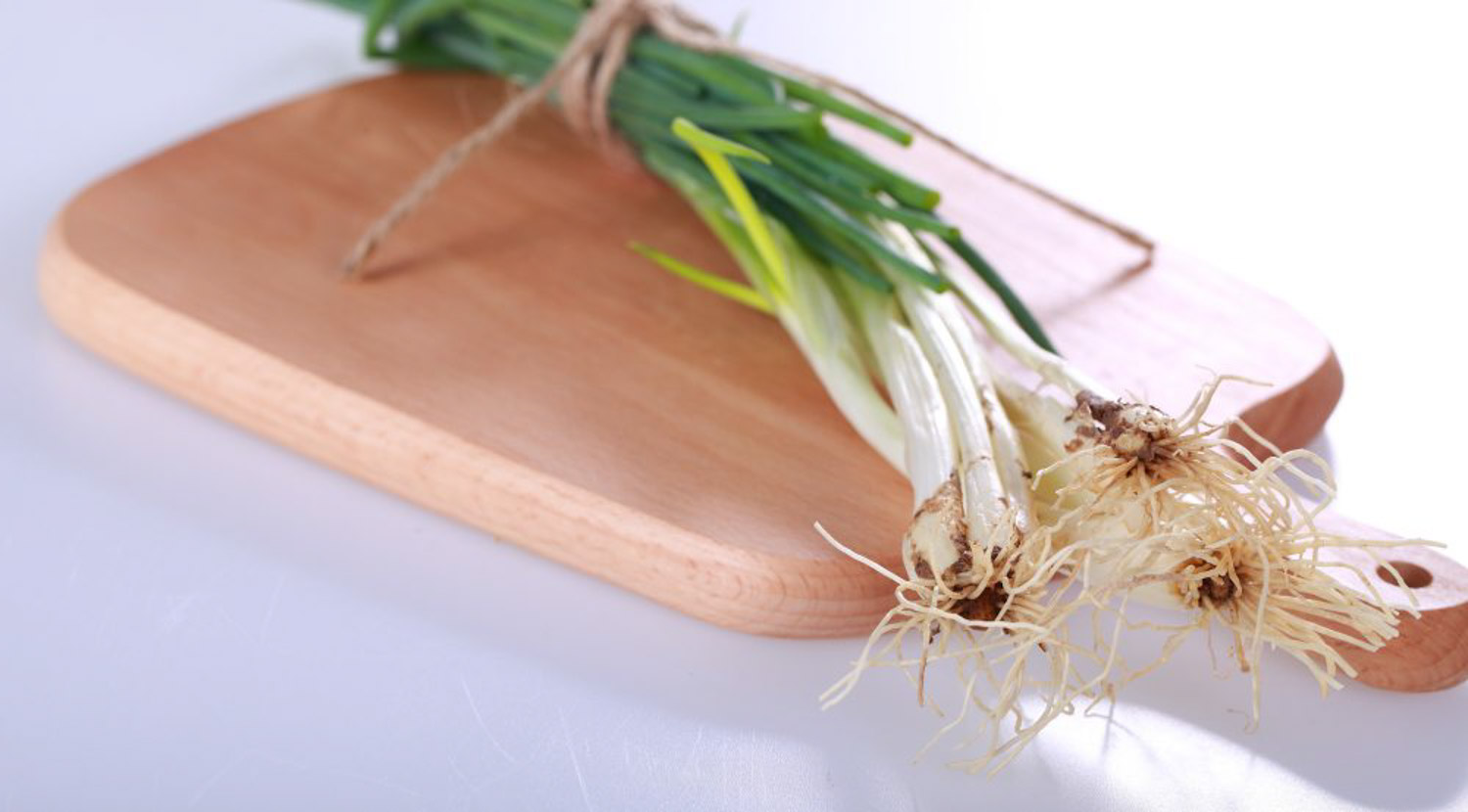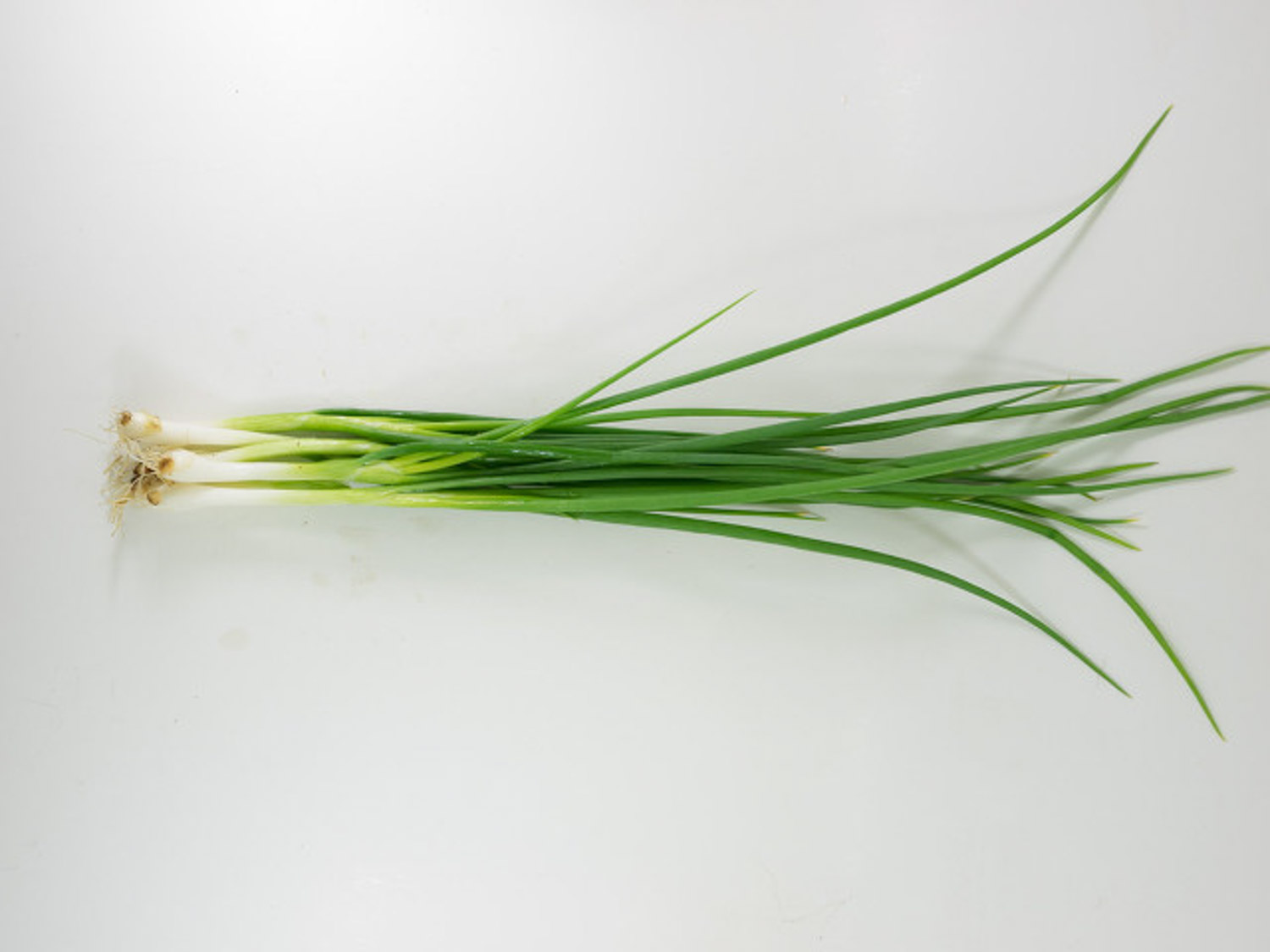1、 Curing method
1. Soil: shallots have a great demand for soil with good air permeability and drainage. The heavy soil in the vegetable field at home is more suitable for planting. This soil can make shallots better absorb and grow

2. Moisture: it likes moisture and does not like drought, but its requirements for water should be higher. The amount of water should not be too much. The soil layer should not be too wet. It can be slightly wet. The amount of water must be controlled well
3. Nutrient: it is OK to choose compost when fertilizing at ordinary times. When fertilizing, it is not suitable to sprinkle the fertilizer directly on the root of the shallot, which will burn to rot, sprinkle it on the soil a little away from the shallot, and turn it over evenly

4. Temperature: the temperature of its growth is about 10 to 25 degrees Celsius. I like a refreshing environment. When it is hot in summer, it should be shaded to avoid excessive temperature affecting growth
2、 Breeding skills
1. Pruning: after breeding for a period of time, the leaf tips of onion leaves will turn yellow. At this time, prune them with small scissors to avoid all the leaf tips turning yellow. When you grow up to be edible, cut off the top and leave about three centimeters of scallion white at the bottom, so you can continue to grow
2. Reproduction: it's OK to reproduce by sowing. First turn over the soil, and then sprinkle the seeds evenly on the soil. Sprinkle about a centimeter of soil on it, and then cover it with plastic film to keep warm. In about 30 days, you will see small buds grow out

3、 Diagnosis and treatment problems
1. Leaf blight: the common disease of cultured shallots is leaf blight, and the leaves of shallots are susceptible to infection. If it is not prevented in time, the leaves will wither and die. Dilution and spraying with carbendazim can have a good therapeutic effect
2. Rotten roots: if the amount of water is too sufficient and the soil layer is too wet, the root will rot. Attention should be paid to the control of water volume to avoid root rot

4、 Other issues
1. How to store: the shallots picked back will rot in a few days if they are not stored properly. A deep pit should be dug, and then the whole bundle of shallots should be planted in the pit. This is the same as replanting, which can avoid damage. Just pull one or two when eating
2. Edible: it is edible. It tastes spicy and has the smell of scallion. It can be used as seasoning


 jackfruit
jackfruit snake plant
snake plant hibiscus
hibiscus hydrangea
hydrangea lavender
lavender Green roses climb al...
Green roses climb al... If you don't pay att...
If you don't pay att... Management of four g...
Management of four g...

































